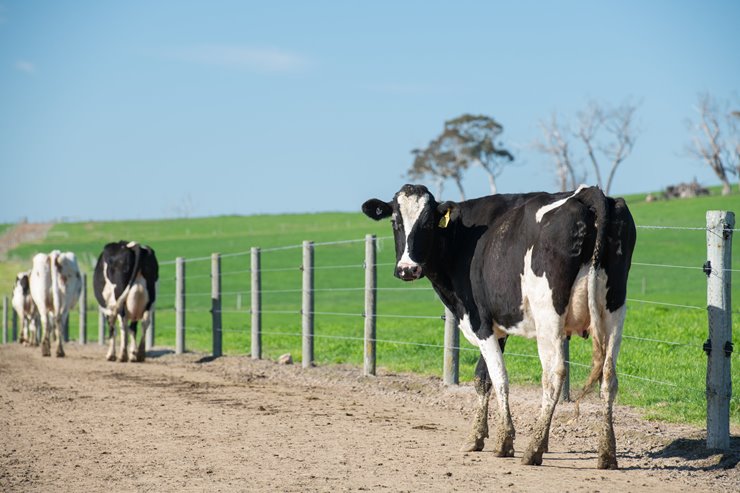
With the threat of
foot and mouth disease (FMD), African swine fever and
lumpy skin disease (LSD) on our doorstep in Indonesia, practicing good biosecurity is paramount to preventing potential disease transmission. Understanding disease pathways is essential.
Domestic livestock can be exposed to a disease or parasite through a number of different risk pathways. From saleyards and transport to tools and equipment, the opportunity for infection and risk of incursion is ever present.
We all play a part in reducing this risk. Armed with a good understanding of biosecurity, you can take proactive steps towards protecting your animals and wider livestock community from a preventable outbreak.
Any surface has the potential to become contaminated with infected material. Infected animals may spread viruses through direct contact with other animals or via faeces, urine and other excretions.
Items like machinery, vehicles, tools, equipment, footwear and apparel must also be managed to prevent the spread of disease.
Preventing a disease entering your property is far cheaper than eradicating it in most cases. The challenge of excluding all biosecurity threats to your production system may seem daunting, but there are some things you can do to reduce the risk - many are passive, low cost and highly effective.
Initial actions you can take include:
-
risk-assess your property – this helps you to quantify risk
-
evaluate the vulnerability of your current production system – find out where systems and processes can be improved
-
condense your proposed management strategies into your biosecurity plan – preparing a biosecurity plan edifies your strategies in a document that can be reviewed and shared.
-
download the Property Risk Assessment template from the Livestock Production Assurance (LPA) website
-
contact your local animal health officer or veterinarian for advice on developing a biosecurity plan.
Example of LPA risk assessment:

With ideas on paper, you will be able to work with neighbours, contractors, suppliers, utility providers and anyone else whose activities may influence the biosecurity of your production system. Knowing the risks and what you are willing to accept will form the basis of future on-farm decision making.
We all play a role in preventing an outbreak:
-
Plan – prepare your biosecurity plan for your animals and your property.
-
Watch – your animals for signs of disease - especially disease that is spreading quickly.
-
Call – if you notice any symptoms in your animals, immediately call the Emergency Animal Disease Hotline on 1800 675 888, your local vet or PIRSA veterinary officer.
CHECKLIST
-
I have risk assessed my property and production system.
-
I have assessed potential threats from outside my production system.
-
I have established the level of risk I am willing to accept.
-
I have developed strategies to mitigate risks and added these to my Farm Biosecurity Management Plan.
-
I have secured my production area.
-
I have spoken to my employees, animal health advisors and contractors about biosecurity.
Return to News